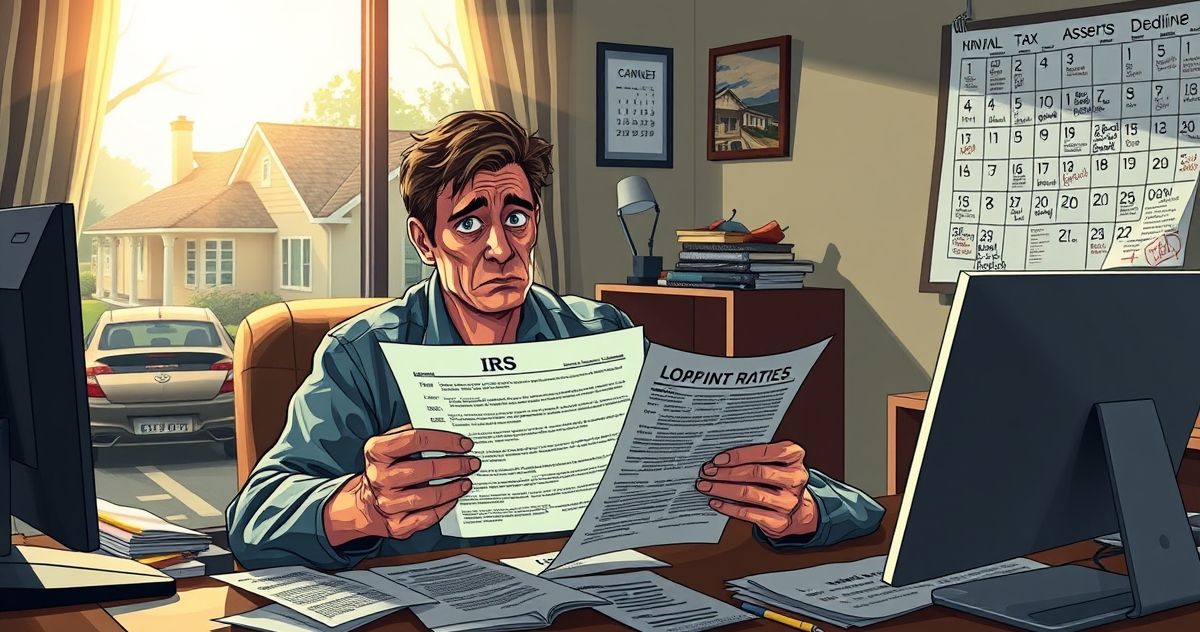Taxpayer Lien Notice Explained
The Taxpayer Lien Notice is an official communication from a taxing authority, such as the Internal Revenue Service (IRS) in the United States, that informs a taxpayer of the government’s legal claim against their property due to unpaid taxes. This notice is crucial as it serves as both a warning and a formal declaration of intent to secure a taxpayer’s debt through their assets.
What is a Taxpayer Lien Notice and Its Primary Purpose?
The primary purpose of a Taxpayer Lien Notice is to notify a taxpayer about the government’s assessment and pending claim against their property. When a taxpayer fails to pay their taxes owed, the government has the legal right to file a lien, which serves as a security interest over the taxpayer’s assets. This includes real estate, personal property, and financial assets. The lien ensures that the government will have a right to the property if the debt is not settled before any other creditors are paid.
The notice is generally the first step in the lien process, providing the taxpayer with an opportunity to resolve their debt before the lien is officially recorded publicly and impacts their credit and financial status.
Key Features of a Taxpayer Lien Notice
The Taxpayer Lien Notice typically consists of several key components:
- Taxpayer Identification: It provides the taxpayer’s name, identification number, and contact information.
- Amount Owed: The notice specifies the total amount of unpaid taxes, including penalties and interest.
- Description of Assets: While the notice itself may not specify property, it implies that any assets owned can be subject to the lien.
- Legal Basis: The justification for the lien, citing statutory authority and tax laws that empower the taxing body to take such an action.
- Next Steps: Instructions on how the taxpayer can address the notice, which typically includes payment plans, dispute protocols, and deadlines to avoid escalation.
Compliance Requirements
To comply with a Taxpayer Lien Notice, taxpayers typically need to respond promptly to avoid further actions. Recommended steps include:
- Contact the Issuing Agency: Understanding the precise reasons behind the notice is crucial. This often involves contacting the IRS or relevant taxing authority for clarification.
- Payment Arrangements: Taxpayers can often enter into an installment agreement to pay off their debt over time, potentially avoiding immediate enforcement of the lien.
- Dispute Resolution: If a taxpayer believes the notice is incorrect, they have the right to dispute the assessment. This requires providing evidence to support their case, such as proof of payment or correction of an error.
- Amendments and Corrections: If the notice results from an error on previously filed returns, filing amendments may be necessary to correct the record.
Penalties and Consequences of Non-Compliance
Failure to respond to a Taxpayer Lien Notice has serious repercussions:
- Credit Impact: A federal tax lien is publicly recorded, which can significantly harm a taxpayer’s credit score and ability to secure loans or credit.
- Asset Seizure: The government may proceed with the seizure of property or assets to satisfy the debt.
- Additional Financial Strain: Ongoing interest and penalties will add to the taxpayer’s debt, making resolution increasingly difficult.
- Legal Actions: Tax liens can result in legal actions, including foreclosure of property if the debt remains unpaid.
Importance of the Taxpayer Lien Notice
The issuance of a Taxpayer Lien Notice is a pivotal moment in a taxpayer’s financial journey. It highlights potential problems in tax payment compliance that require immediate attention. Successfully navigating a lien notice can lead to a resolution that prevents severe financial consequences.
Addressing a lien notice proactively is vital for maintaining financial health. Early compliance can prevent additional penalties, preserve assets, and maintain creditworthiness. Moreover, it often opens dialogues with tax authorities that can facilitate better payment terms or even resolution of errors without drastic actions such as asset seizure.
Understanding and acting on a Taxpayer Lien Notice is crucial for any taxpayer facing unpaid tax situations. By ensuring prompt and effective responses, taxpayers can safeguard their financial stability and potentially avoid complications that could escalate into more severe legal and financial issues.
In conclusion, a Taxpayer Lien Notice serves as an essential mechanism for tax authorities to ensure compliance with tax obligations while providing taxpayers with an opportunity to rectify their dues responsibly. Recognizing its significance and responding adequately is key to minimizing its impacts on personal and financial well-being.

